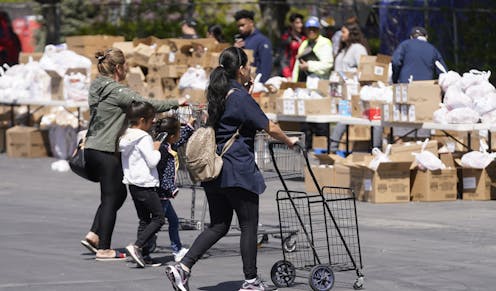
Richard Valente, VP of Customer Experience Strategy at TP in Australia, explores how IT-BPM outsourcing is revolutionising the travel sector throu...

Online shoppers with HealthPost’s Flora & Fauna have made 11,000 contributions towards climate and biodiversity projects when ordering parcel ...

Aussie SMEs warn RBA not to ignore global trends, with the current sledgehammer approach threatening business viability and increasing inflation
...

Thryv® (NASDAQ: THRY), Australia’s provider of the leading small business marketing and sales software platform, has been awarded the Employer of ...

RogersDigital.com has announced the launch of TheBulletin.au, a new national digital publication designed to deliver sharp, data-driven reporting ...

Forecasting has always been central to financial planning; however, traditional methods based on historical trends are no longer enough. Economic ...








